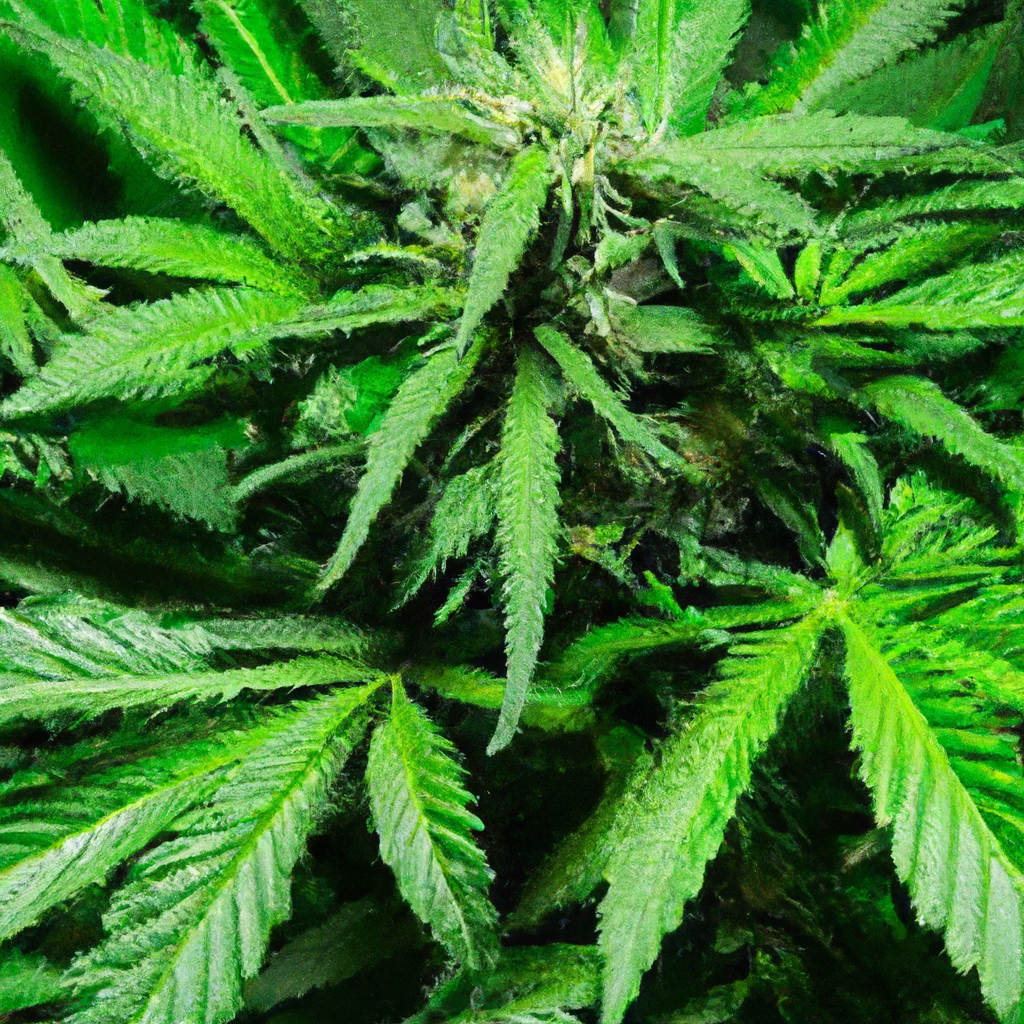By John “Magic” Greenleaf – “Growing greatness, one strain at a time.”
Introduction
Despite the growing hype surrounding cannabis cultivation, especially in high-altitude areas, numerous myths persist. As someone who’s spent decades mastering the art of high-altitude growing, I’m here to set the record straight and provide you with the real scoop on what makes high-altitude cultivation truly unique.
Myth 1: High-Altitude Growing is Just Like Any Other
Many believe that high-altitude cannabis cultivation is no different from growing at lower elevations. However, the truth is, altitude introduces unique variables that can significantly impact growth cycles and plant health. The thinner air, intense UV exposure, and fluctuating temperatures in places like Colorado make a huge difference in plant resilience and cannabinoid production.
Myth 2: High Yields Are Impossible at High Altitudes
There’s a misconception that you can’t achieve high yields at altitude. Let me tell you, with the right techniques, it is more than possible. With advanced genetics and high-yield optimization strategies, I regularly produce impressive yields—1.5-2 grams per watt indoors and up to 2-3 pounds per plant outdoors. Here’s a tip: focus on optimizing light exposure and soil health to harness the potential of altitude.
Effective soil management is critical, as organic, moisture-retentive soils can minimize water usage—something I prioritize in my operations.
Myth 3: High-Altitude Cannabis Lacks Flavor
The idea that altitude diminishes cannabis flavor couldn’t be further from the truth. Cannabis grown at altitude often boasts enhanced terpene profiles due to stress factors like UV exposure, which can intensify terpene production. Strains like “Mile High Mystique” bear testimony to this, with their complex notes of lavender and earth that captivate connoisseurs.
Real-World Impact: Crafting Magic at Great Heights
Take the example of “Magic Kush,” an indica strain I’ve developed that’s renowned for its potent medicinal properties. By selecting traits that excel in high-altitude conditions, I’ve crafted a strain that not only thrives but excels in producing high THC and CBD contents.
I advocate using high-efficiency LED lighting and automated environmental controls to perfect indoor growing setups, ensuring that every plant can maximize its potential regardless of location.
Conclusion
The altitude might challenge us, but it pushes cannabis plants to reach new heights of resilience and potency. By busting these myths, I hope to inspire other growers to explore the untapped potential of high-altitude cannabis cultivation. Remember my catchphrase: “The altitude makes us tougher—and so does our weed.”
Don’t let myths hold you back. Embrace the unique challenges of high-altitude growing and experience the incredible rewards.


Leave a Reply